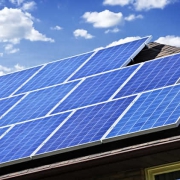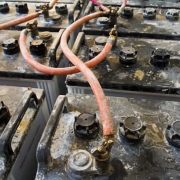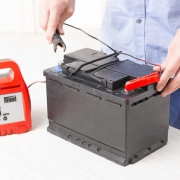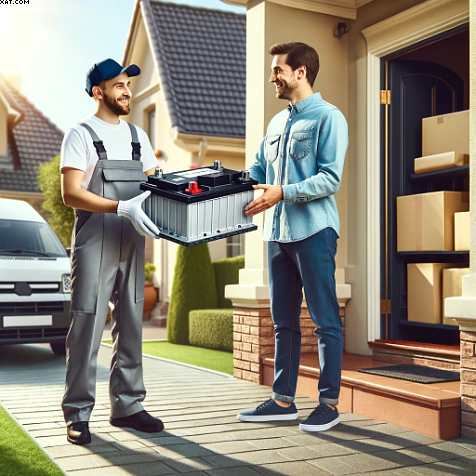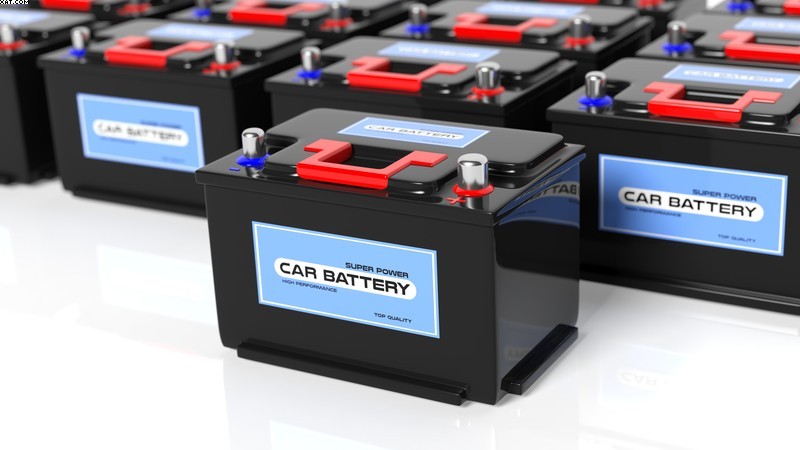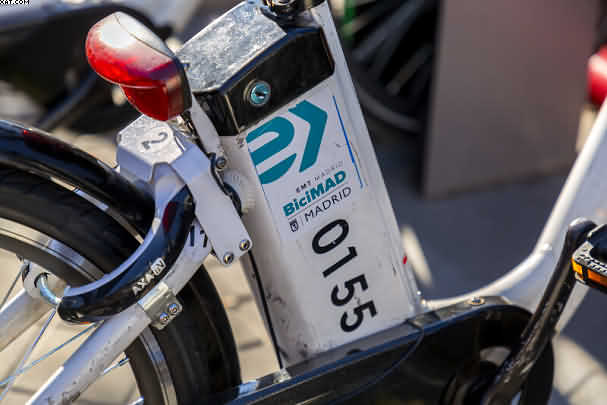Solar Energy Batteries
Table of Contents
Solar Energy Batteries
The rapid development of rooftop solar and
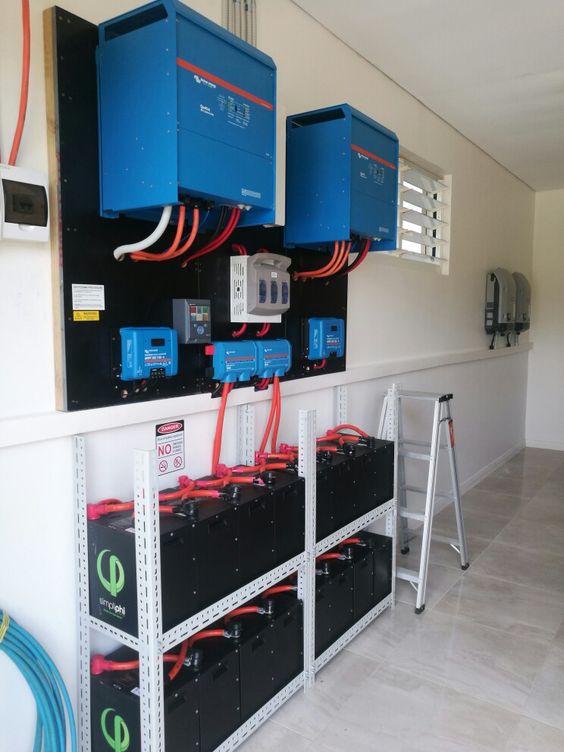
Eric Roberts’ insight: Solar batteries
Ernest Moniz, the Energy Secretary of the United States
has made a statement that resonates with the discussions I’ve been having for the past few years. He envisions a future where the USA could achieve energy independence from national providers. How, you ask? Well, it all hinges on the remarkable growth of solar, renewable energy, and other sustainable resources.
And this isn’t just an American dream; Solar Energy Batteries
It’s a global shift that’s taking place right now. Across the Atlantic, both in the United States and here in the UK, it’s heartwarming to see how the public has wholeheartedly embraced the concept of generating their own clean energy. Take, for instance, the picturesque town in West Yorkshire, UK, where the residents have been tapping into the power of the sun since February.
Rows of solar panels grace their rooftops, silently converting sunlight into electricity.
What’s particularly fascinating is that this surplus electricity flows seamlessly into the grid, and the electric company rewards the homeowners for their contribution. In America, there’s a growing inclination towards storing this solar electricity for later use.
This is especially valuable in rural and isolated areas where the grid might not always be reliable. These regions have found a solution in the form of solar energy batteries. These high-capacity batteries serve as reservoirs, storing the daytime-generated electricity for nighttime use.
It’s like having a stash of sunlight in a box. Solar Energy Batteries
Now, when it comes to choosing the most effective type of solar energy battery, AGM batteries are shining stars. While they may come with a slightly higher price tag initially, they are worth every penny. The secret lies in their ability to endure a significantly higher number of charge and discharge cycles compared to standard lead-acid car batteries.
This durability means they’ll be there to support you for the long haul. If you’re considering setting up your own solar energy battery system, fret not.
There is a wealth of DIY videos available online
guiding homeowners through the process. One standout choice for solar enthusiasts is the Lucas AGM battery. These batteries are tailor-made for solar energy applications and have earned a solid reputation for their performance and reliability. Much like Secretary Moniz, I find myself pondering the future.
How far are we from a scenario where we, as individual homeowners and communities, produce more electricity than the national providers? It’s a tantalising thought, one that hints at a future where energy production is democratised.
What happens when we reach that point?
Well, it’s a question that invites exciting possibilities and perhaps some challenges too. Will there be a shift in the energy landscape? What role will the national providers play in this new era of energy independence? These are questions that deserve attention and discussion.
For those interested in delving deeper into this topic, I recommend exploring www.bloomberg.com for further insights and perspectives on the evolving energy landscape. In closing, let’s keep harnessing the power of the sun and exploring the potential of solar energy. It’s a journey that promises to bring about a brighter and more sustainable future for us all

